Found 1,775 symbols matching: Page #45
Open shape
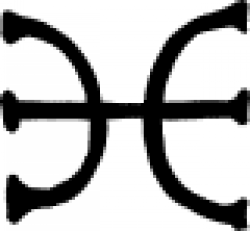 | Mix (alternate #1) An alchemical symbol indicating the process of mixing. |
 | Summer An old Germanic sign for the season of Summer, used in clog almanacs. |
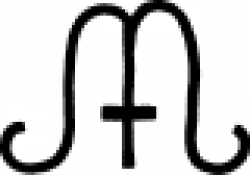 | Autumn An old Germanic sign for the season of Autumn, used in clog almanacs. |
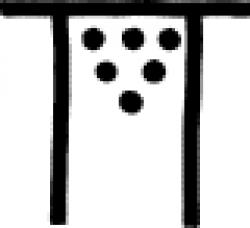 | Winter An old Germanic sign for the season of Winter, used in clog almanacs. |
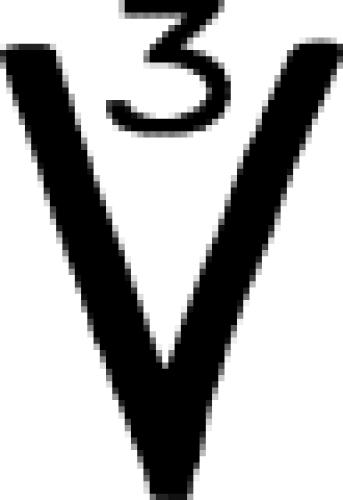 | Alcohol (alternate #1) An early chemical symbol used to indicate alcohol. |
 | Aurum fulminans Translated from Latin, aurum fulminans means "flashing gold" or "shining gold". |
 | Year (alternate #1) One of several "time signs" used in alchemy and early chemistry to indicate the period of a year. |
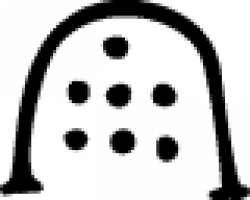 | Winter (alternate) An old Germanic sign for the season of Winter, used in clog almanacs. |
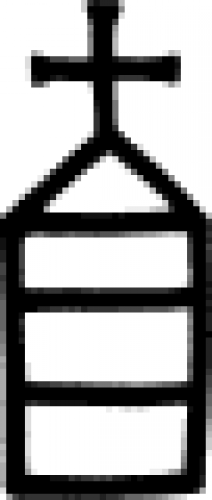 | Sal alcalinus (alternate #1) A symbol used in alchemy to indicate alkaline salt, which is composed of sodium and potassium. |
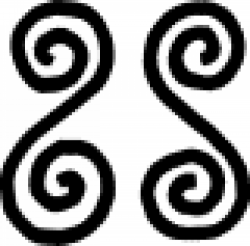 | Lyre A stylized image of a lyre, a stringed musical instrument strongly associated with several characters and stories in Greek mythology. |
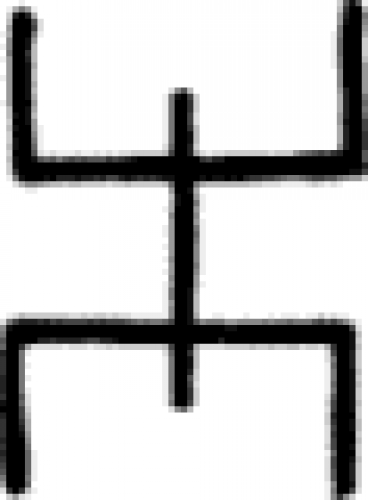 | Val Camonica A Bronze Age symbol carved on the face of Val Camonica in the southern area of the Alps (Italy). One possible interpretation of this family of symbols ('Val Camonica #2' and 'Val Camonica #3') is of … |
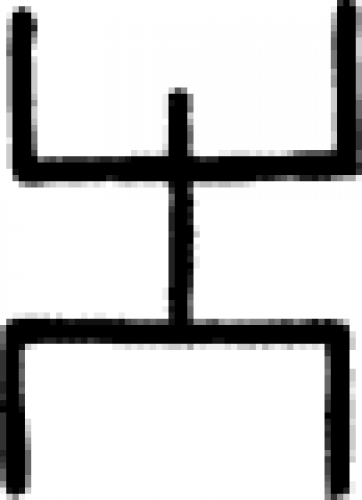 | Val Camonica #2 A Bronze Age (roughly 800 B.C.E.) symbol carved on the face of Val Camonica in the southern area of the Alps (Italy). One possible interpretation of this family of symbols ('Val Camonica' and 'Val Ca… |
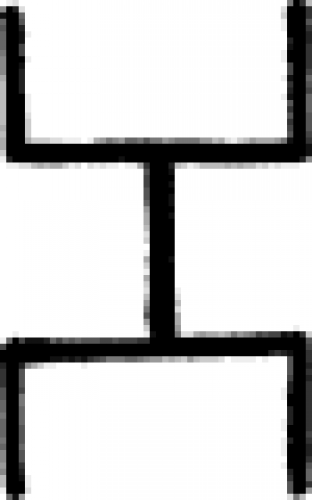 | Val Camonica #3 A Bronze Age (roughly 800 B.C.E.) symbol carved on the face of Val Camonica in the southern area of the Alps (Italy). One possible interpretation of this family of symbols ('Val Camonica' and 'Val Ca… |
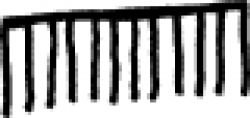 | Fuencaliente #1 Found in the Fuencaliente municipality near the city of Ciudad Real in southern Spain. Dates back between four thousand and six thousand years ago. No contextual information known at this time. |
 | Huelva A Neolithic carving discovered in a location called Soto, near the city of Huelva in southwestern Spain. No contextual information known at this time. |
 | Rio Majes #2 A carving from the valley of Rio Majes in southern Peru (roughly 300 C.E.). Possibly indicates lightning, but no contextual information known at this time. |
 | Rio Majes #3 A carving from the valley of Rio Majes in southern Peru (roughly 300 C.E.). No contextual information known at this time. |
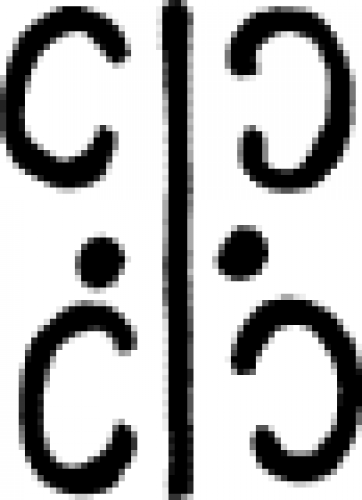 | England A Bronze Age carving discovered on a stone in England. No contextual information known at this time. |
 | Cher\Chor Indicates a good crop/harvest for the year. |
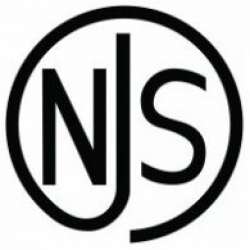 | Nihon Jitensha Shinkōkai Nihon Jitensha Shinkōkai, or Japan Keirin Association, often abbreviated NJS, was Japan's Bicycle Promotion Association. |
 | Boar When it comes to symbolic meaning, the boar can be distinctly different from the “pig”, so this article will only address the former. While there are some general connotations to the boar that are fa… |
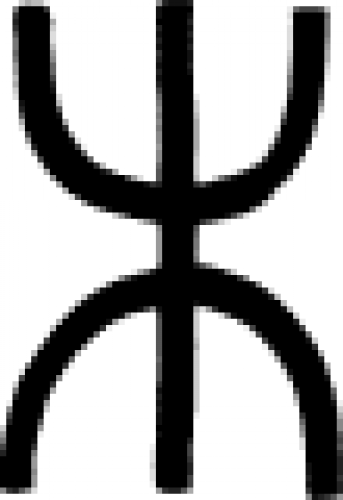 | Staff The exact meaning of this symbol is somewhat convoluted, but variations of it have been designated as the "staff" of a number of ancient deities. |
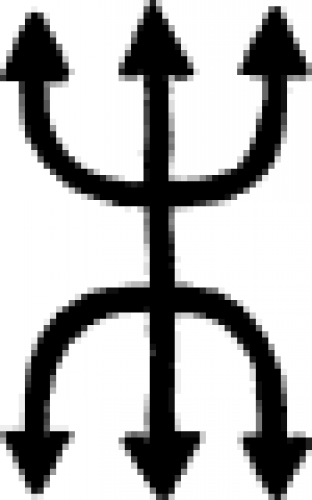 | Staff (alternate) The exact meaning of this symbol is somewhat convoluted, but variations of it have been designated as the "staff" of a number of ancient deities. |
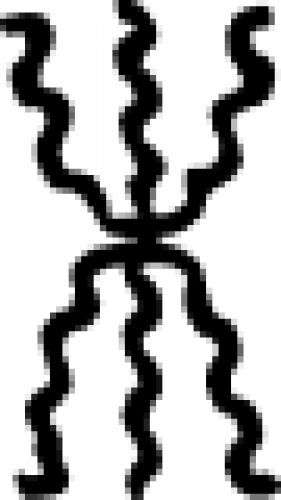 | Staff of Adad Possibly representing stylized bolts of lightning, this symbol was associated with Adad, the Babylonian storm god. |
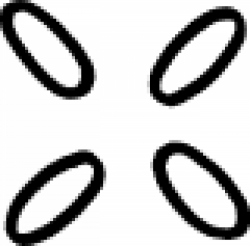 | Haute-Garonne #1 A symbol discovered on the wall of the Marsoulas cave in Haute-Garonne, southwestern France. No contextual information is known at this time. |

